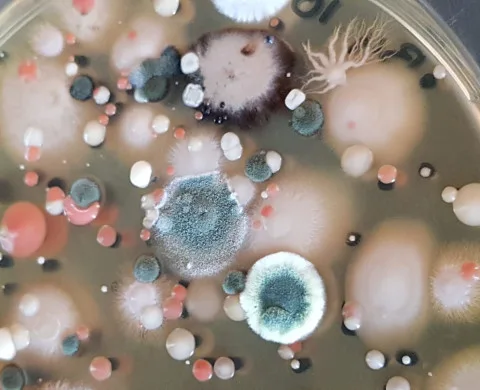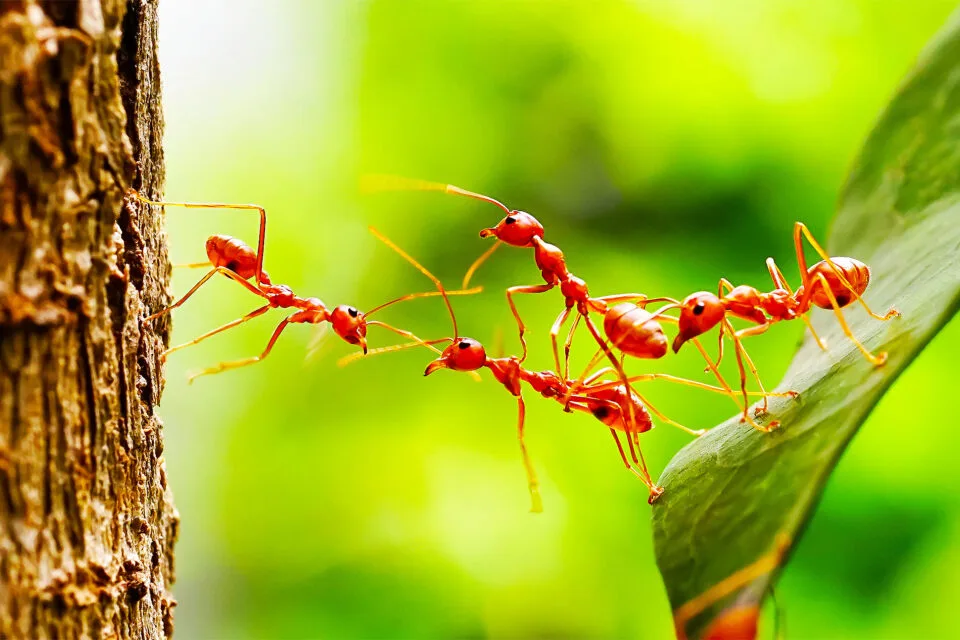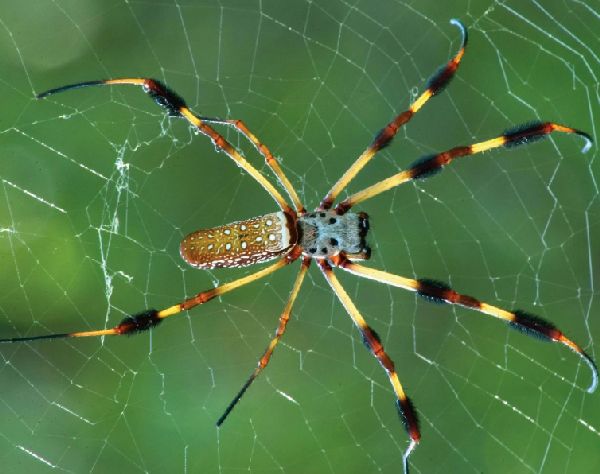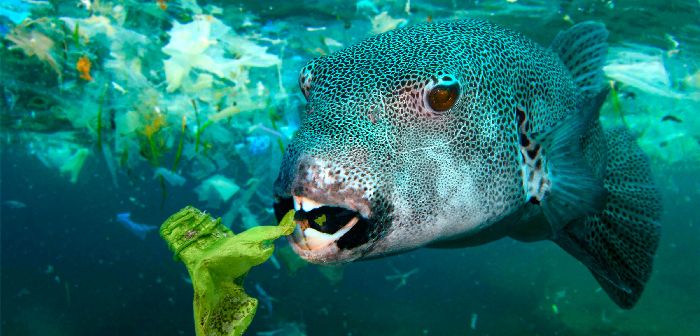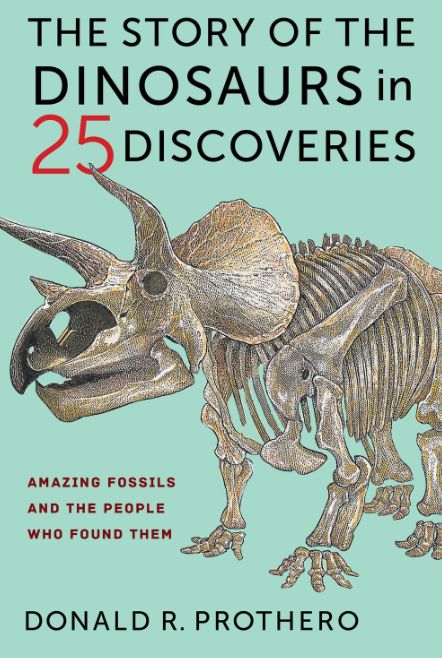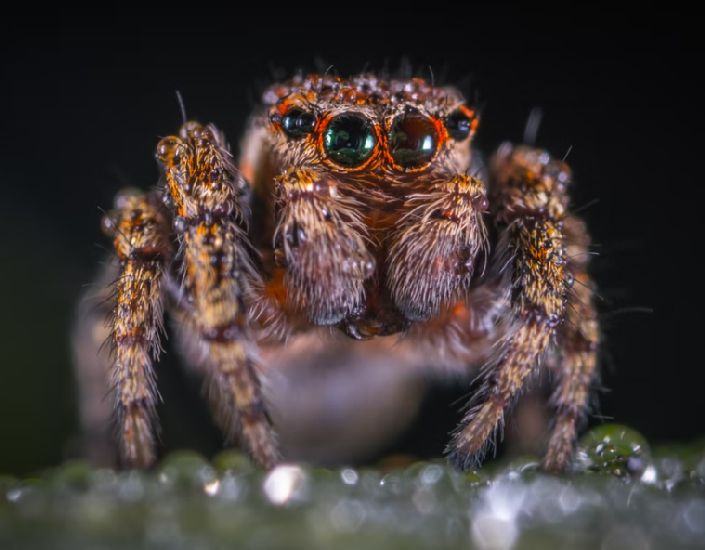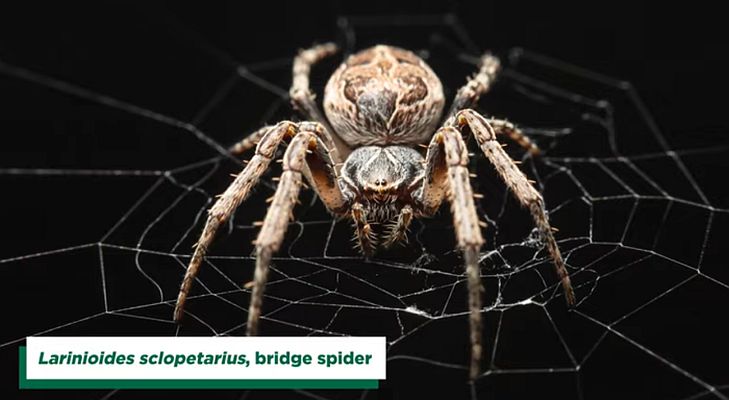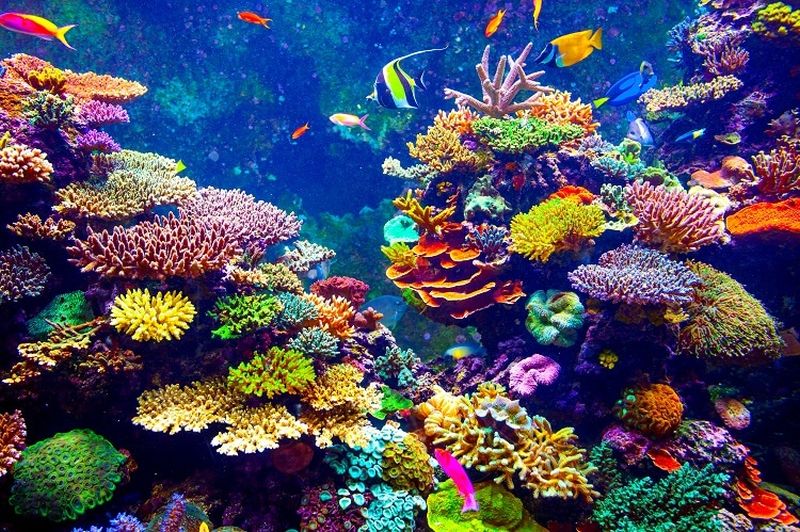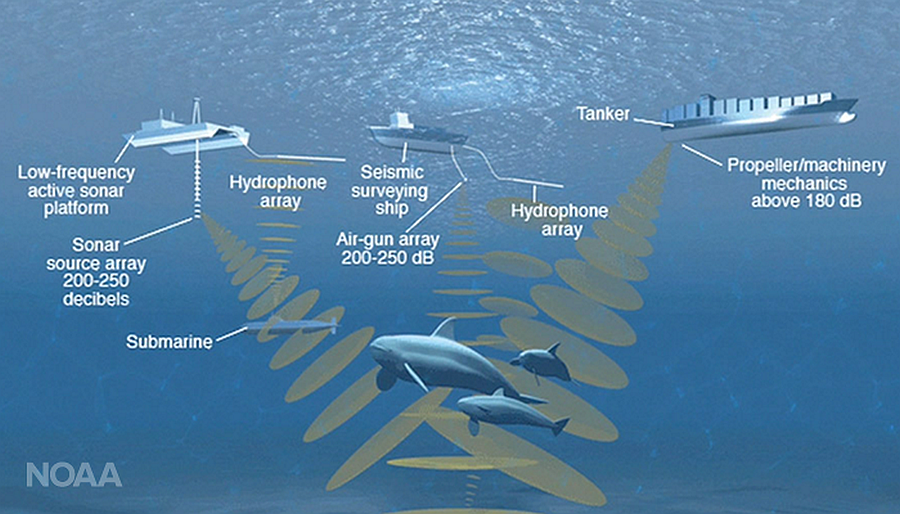Plants have a complex and in interesting biochemical communication networks. The workings of these networks resemble our web of social networks. Like we chat through words and sounds and emojis, the flora makes use of scents and signals.
Read MoreTag: ecology
Biofilm Microstructure Could Enhance Pathogenic Infection Control: Microbial Ecology
Generally, bacteria are envisioned as tiny, single-cell organisms scattered thinly on surfaces or floating in liquids. However, in various settings, bacteria prefer to grow in clusters known as biofilms. The formation of biofilms provides certain advantages to bacteria. In these clusters, bacteria can collaborate and create a protective environment that enhances their survival and growth. Biofilms, while aiding in kombucha tea production, present a challenge by complicating the control of bacterial growth. When bacteria form a biofilm, it acts like a protective shield, making the cells resistant to antibiotics.
Read MoreIs Algae the Next Green Protein Alternative?
Discover a green protein alternative – algae. Forget meat, researcher says algae is the new and eco-friendly protein that we’ve been ignoring so far. The University of Exeter just dropped a study in The Journal of Nutrition. The research demonstrates that two everyday algal species are protein powerhouses. And so, ingestion of those can help young as well as healthy adults remodel their muscles.
Read MoreInterview: Dr. Jay T. Lennon, Microbiologist at Indiana University, Bloomington
Meet Dr. Jay T. Lennon. Within the intricate tapestry of microbiology, a realm of microorganisms thrives, weaving the intricate threads of ecosystems, interactions, and even human health. Dr. Lennon, a distinguished luminary in the field of microbial ecology, has passionately dedicated his career to unraveling the enigmatic world of these microscopic life forms. He emerges as an insightful figure who delves deep into the intricate relationships governing microbial communities.
Read MoreAnts can Communicate via Pheromone: A Sensory Hub in Brain
Ants are indeed fascinating creatures. Like humans, they too have developed social structures and sophisticated communication systems. They have evolved complex olfactory system. It enables them to use various types of pheromones for communication.
Read MoreBook Review: The Sixth Extinction by Elizabeth Kolbert
In The Sixth Extinction: An Unnatural History, Elizabeth Kolbert explores the current state of biodiversity loss and the role that human activities have played in causing it. Kolbert is an American journalist and author. She is the editor of “The Best American Science and Nature Writing 2009” and the author of “The Prophet of Love: And Other Tales of Power and Deceit,” “Field Notes from a Catastrophe,” and “The Sixth Extinction,” for which she won the Pulitzer Prize for general nonfiction in 2015. The Sixth Extinction provides a detailed analysis…
Read MoreMolecular Atlas of Spider Silk: Fibrous Protein Assembly
Researchers at Southwest University in China have successfully constructed the chromosomal-scale genome assembly as well as the complete spidroin gene set of the golden orb-weaving spider. The chromosomal-scale genome assembly represents genome sequence; while the spidroin refers to proteins in spider silk. Different spidroins determine the varieties in spider silks. With this new insight, researchers can dive deeper into the silk-producing capabilities of spiders. Eventually, this might lead to the development of new materials with desirable mechanical properties.
Read MoreMicroplastics Aggravate Severity of Disease: Fish Mortality
Recent study has shown that the presence of microplastics can increase the severity of a viral fish disease. This highlights that microplastics not only pose serious threats to ecosystem and human health, but also to aquatic organisms.
Read MoreBook Review: The Story of the Dinosaurs in 25 Discoveries by Donald R. Prothero
Since the origin of life in 3.5 billion years ago, hundreds of millions of species might have lived on planet earth. Most of those are extinct by now. In his exceptional book, The Story of the Dinosaurs in 25 Discoveries: Amazing Fossils and the People Who Found Them, Donald R. Prothero has tried to surface those species that led to the landmarks in evolution. The idea was to signify evolutionary transition from one group to another. An interesting read for those who are looking for history of dinosaur science. Very…
Read MoreRetinal Movements of Spider suggest REM Sleep: Arachnid is Dreaming
After researchers have figured out that spiders use their silk to hear, scientists have discovered that arachnids have patterns of sleep cycles. In one such observation, they not only twitched their legs toward the sternum but and flickered parts of their eyes. The phenomenon is similar to REM sleep-like state.
Read MoreSpiders Can Use Their Silk to Hear: Acoustic Properties of Webs
Researchers at Binghamton University, in collaboration with Cornell University, suggest that spiders use their webs to assist in their hearing mechanism. Distinguished Professor Ron Miles and doctoral student Junpeng Lai conducted the experiment at the Binghamton University anechoic chamber.
Read MoreWorms Sense Sound Through Skin: Auditory Transduction
Researchers at University of Michigan Life Sciences Institute have determined that even though the roundworms lack ear like organs, still they are able to comprehend sound.
Read MoreProbiotics Protect Bleached Corals from Death: Beneficial Microorganisms
Coral reefs harbour the highest biodiversity of any ecosystem globally. Constant rise in temperature is causing havoc to marine life as well. Coral reefs across the globe are suffering from bleaching and mass mortality due to warming ocean temperatures. Recent research by King Abdullah University of Science and Technology (KAUST) shows probiotic treatment can boost coral health.
Read MoreHuman Cacophony Impacts Immunity Of Aquatic Organisms: Noise Pollution
Human created noise impacts behaviour and physiology of underwater creatures. Stressed by noise pollution, fishes are not able to ward off diseases and this eventually leads to early death.
Read MoreOur Consumption Habits Cause Trash In The Ocean: Marine Debris
Marine trash or marine debris is human made solid material that is abandoned on beaches. This waste eventually goes into the ocean.
Read More

